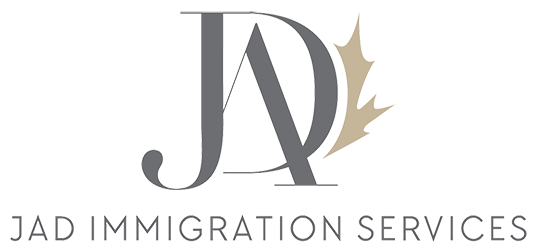Introduction
In 2025, both applicants and immigration professionals have noticed a significant increase in wait times across multiple Immigration, Refugees and Citizenship Canada (IRCC) programs. Although IRCC publishes official processing estimates on its website, real-world timelines are often far longer. This article explores the causes behind these delays, how processing times are calculated, and what applicants can do to navigate the situation.
1. What IRCC Officially Says
IRCC explains on its Check processing times page that the posted estimates are averages based on recent data, not guaranteed service standards. The department also clarifies that times can vary depending on complexity, security checks, or incomplete submissions.
Since May 2024, IRCC has shifted to forward-looking calculations for many streams, meaning the posted times now consider both the current backlog and projected processing capacity. Despite this change, backlogs continue to grow: as of 2025, IRCC is managing over two million pending applications, with a large share already beyond service standards.
(Graphic idea: a simple bar chart comparing official vs. actual processing times across programs)
2. What Has Changed: The Reality on the Ground
a) In-Canada Applications
Processing times for inland applications—including extensions and work permits—have more than doubled. For example, the average time for in-Canada work permit processing has reached 238 days, compared to around 100 days last year. Visitor record extensions have risen to 193 days from 108.
b) Spousal and Family Sponsorships
Perhaps the most affected category is spousal sponsorships. The Spouse or Common-Law Partner in Canada Class (SCLPC) now averages 36 months for processing, compared to 11 months just a year ago. Family Class (outland) sponsorships have also increased to 13 months from 10.
c) Temporary Visa and Work Permit Delays
While some overseas work permits have seen minor improvements, in-Canada applications remain heavily backlogged. Work permit extensions filed inside Canada now average nearly 190 days, with little sign of improvement.
(Graphic idea: timeline chart showing increases in processing times from 2023–2025)
3. Key Factors Behind the Delays
Several systemic and operational issues are contributing to prolonged wait times:
- High intake volumes: Over 2 million applications currently in IRCC inventory.
- Resource shortages: Staffing levels have not scaled with intake growth.
- Policy transitions: The move to forward-looking models and shifting priorities has temporarily slowed processing.
- Complex verification procedures: More extensive background, security, and document checks are now common.
- Global demand spikes: Post-pandemic travel recovery and humanitarian crises (Ukraine, Gaza, Sudan) have increased applications dramatically.
(Graphic idea: infographic illustrating five main causes of delays with icons)
4. What This Means for Applicants
Applicants should treat IRCC’s posted timelines as general guidance, not guarantees. Delays can vary depending on program type, country of residence, and completeness of documentation. For applicants inside Canada, maintaining valid status is essential during long waits.
Tips to stay proactive: – Ensure your application is complete and consistent. – Respond quickly to any additional document requests. – Maintain temporary status (visitor, worker, student) while waiting. – Track your file regularly using IRCC’s online tools. – If your case is well beyond normal timelines, consider a Case Specific Enquiry or, in extreme cases, a Mandamus application.
(Graphic idea: checklist image titled “How to Handle Delays” with bullet points)
5. Looking Ahead
While IRCC has made public commitments to improve processing through digitization and resource reallocation, the effects may take months to appear. Applicants and representatives should expect continued volatility in processing timelines throughout 2025.
Staying informed, prepared, and organized remains the best strategy. As the government balances unprecedented demand with operational reform, transparency and communication will be key in rebuilding trust with applicants and professionals alike.
Author: Fatme Ghandour, RCIC-IRB



